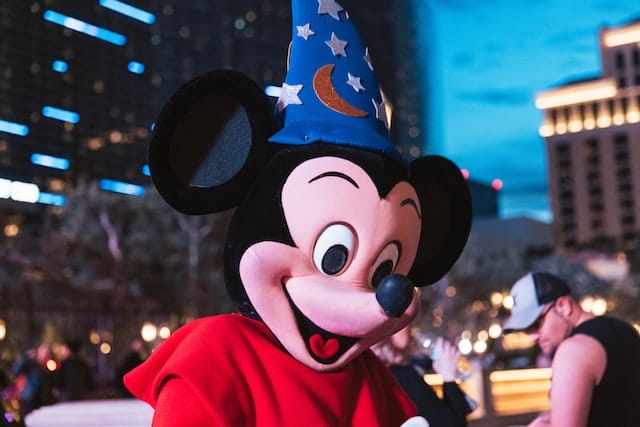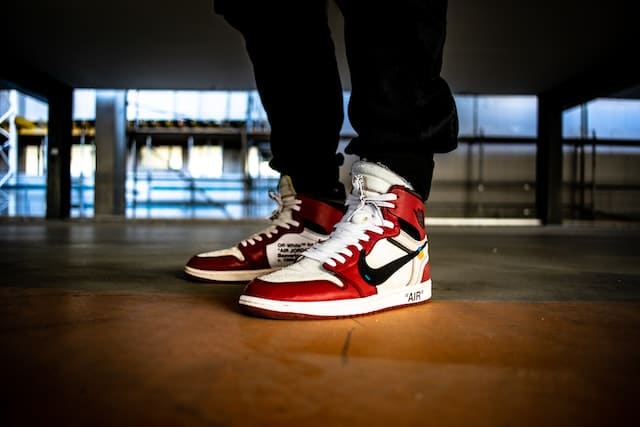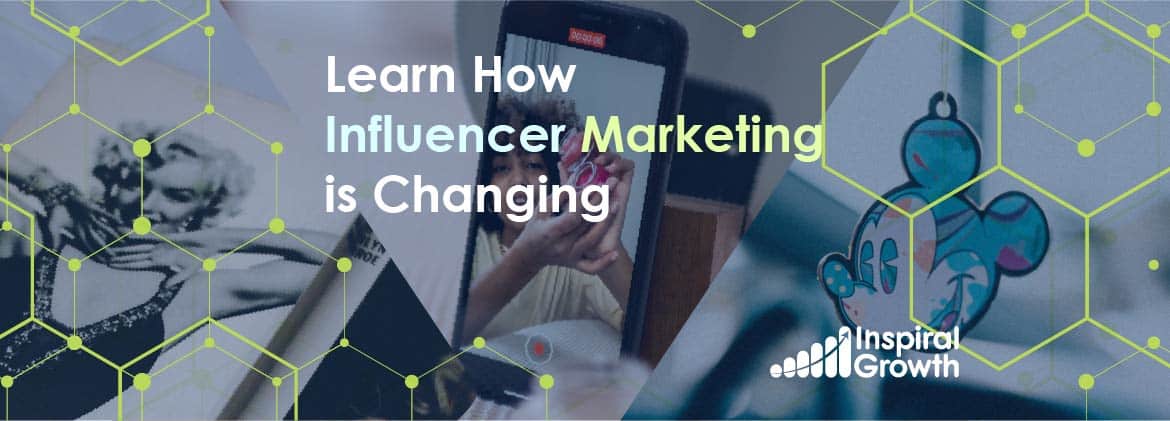Learn How Influencer Marketing is Changing
The “Influencer” term wasn’t known back then, however, it was present in society. Marilyn Monroe could influence women to change their hairstyles, started using red colored lipstick, and even added that mole on the corner of their mouth with a make-up pencil.
Influencer marketing has always been there because people have always looked up to and idolized certain people or icons. However, the term “influencer” was born thanks to digital marketing and social media platforms. Let’s learn about the past, present, and how influencer marketing has impacted media.
It all started with the monarchy
Back in the date when kings and queens other than queen Isabel were around with their pompous attires and expensive jewels, people wanted to live to their standards and be like them with all the luxuries that came with it.
There’s a precedent for where influencers were born, even when the term wasn’t officialized, and it involves a British potter called Josiah Wedgwood and the 1765s girl, Queen Charlotte.
Wedgwood designed pieces in a cream color that the queen loved to an extent where she gave him the title of “Her Majesty’s Potter.” Soon, Josiah’s work was famous all around Britain, and everyone wanted to have pieces of their own.
The monarchy’s influence over civilians was so strong that they didn’t need to tell them why the potts were great, how the cream-colored tones were more beautiful, or anything else within the line. It was as simple as, if the monarchs like it, we like it too.
The first influencers were fictional characters
In 1929 an economic depression hit the world, history books call it the Great Depression, and those were dark days for people worldwide because of a significant fall in stock prices in the US. No wonder why the Peaky Blinders were so stressed out during season 5.
However, people found the light at the end of the tunnel through fictional characters, especially in cartoons. It may sound hard to believe, but these icons provided an escape from the harsh reality to a more lightheaded and funny world.

One icon that excelled through them all and became the most significant influencer even today was a funny little mouse in a boat happily whistling that we all know today as Mickey Mouse. Walt Dinsey’s savior during the Great Depression by becoming a merchandising icon and a living example of brand awareness.
What had Mickey’s face and ears on it, was sold. Just like that.
Soon, many brands started collabs with the funny mouse, but other characters became relevant during the time, such as the white-bearded man and its reindeer, Santa. Even now, Coca-Cola uses its face for packaging, publicity, commercials, campaigns, and so on.
The rise of celebs
Moving on to the 1980s, celebrity influencers arose with the popularization of color TV, especially sports players and movie stars. People started to look up to them, and like the monarchs, what they had, they wanted.
However, not everybody was a fan of certain celebrities. While others liked sports players more, others liked actors or music stars. Here, we began to glimpse the target audience and why it is crucial to understand who our customers are and what they like clearly.

In the specific case of basketball, the well-known Chuck Taylors were the signature shoes, and Converse was the official Brand for NBA shoes. Yet, Nike took the influencer marketing strategy in its favor and created a pair, especially for the Chicago Bulls star player during the time, Michael Jordan.
They called this model the Air Jordan 1. With the right campaigns and marketing tactics, not only did the NBA allow Jordan to play with the shoes since it wasn’t the official brand, but it became so popular among the NBA players and the sneakerhead culture that there are 26 different pairs that can be resold over 10.000$
Screentime
With the arrival of color TV, there were many advances in television, and it became people’s favorite media since it was more dynamic. Movies like Casablanca, The Godfather, or shows like The Nanny, Prince of Bel Air, and Friends, whose character, Rachel Green, played by the beautiful Jennifer Aniston, soon became the it-girl of that time.
During this period, women were more influenced. They looked up to the many daring, beautiful women on the screens because society was leaving behind a lot of taboos, and the feminist movement’s fight for women’s rights opened a window so women could freely express themselves.
They wanted to wear more make-up and use more feminine and tight clothes to resemble the daring and gorgeous women on the screen. As happened with Michael J and the Air 1s, the Rachel Green haircut reached its peak, and L’Oreal took that opportunity to shoot a commercial with Jennifer Aniston that increased the company’s sales.
Social media arises
The first social media was up and running on 1997, but it was YouTube in 2005 that paved the way for content creation through its video format. YouTubers had higher engagement rates than other social media platforms because they were posting unique content, and people seemed to create a connection with them through it.
Yet, in 2010 Instagram changed the whole game of blog posts because even when platforms like Tumblr were all over the internet, Instagram provided a more effortless user experience allowing them to publish an image or video-centered posts and write about them as captions.
Users adapted the platform to the blogger style and began to portray their personal lives through photo and video posts, making people empathize with them or see them as role models they aspire to be or a life they want to live. For this very reason, without the need to promote the product in any way, simply by using the merch in a photo or dressing, speaking, or acting in a certain way, their audience will do it just like them.
Instagram changed the game and is the leading social media platform you would use to look for pictures of your favorite artists and celeb. However, an app on the rise is the #1 social media for entertainment: TikTok. The influence on the app has been so high that when TikTok recommends a product, it soon becomes a best seller or sold out. There’s even a hashtag #TikTokMadeMeBuyIt.
Social media is such a crucial element for influencers today because digital media has become the primary source for even global news. Not for nothing, different traditional media such as the press and television have adapted their channels to digital media, creating blogs or broadcasting lives on YouTube. For influencers, this meant an easily accessible platform to create a persona and connect with a global audience.
Likewise, his audience bonds with the influencer and sees him as someone they can trust, so his speech will have credibility for his followers and his followers. If Jane Doe recommends it or uses it, it must be good.
It’s like what happened with monarchy back then, except that it’s not a painting on the wall with an expensive necklace that only a few will see but a post that could reach millions of views.
Inspiral Growth to the rescue
To get a successful influencer for your brand like the examples we just gave you, you’ll need to know a few things for your marketing strategies.
You’ll have to acknowledge how familiar people are with the brand, its acceptance on the market, your production (because you won’t want to get more than you can chew, aka produce), etc. You’ll have to choose between a micro and nano influencer and study their content, and interact with their public to ensure that they are the right one for your brand.
We know this takes a lot of work and ground knowledge.
Luckily, on Inspiral Growth, we can do all the hard work for you and target the perfect influencer to impulse your brand to another level and help you get better positioning on the market.
Check our Growth Hacks or book a call with our team to evaluate together the best way to proceed for you to reach all your goals for your brand, short term or long term.


